Historians say one overlooked choice in the 19th century may have kept the nation from breaking apart again.
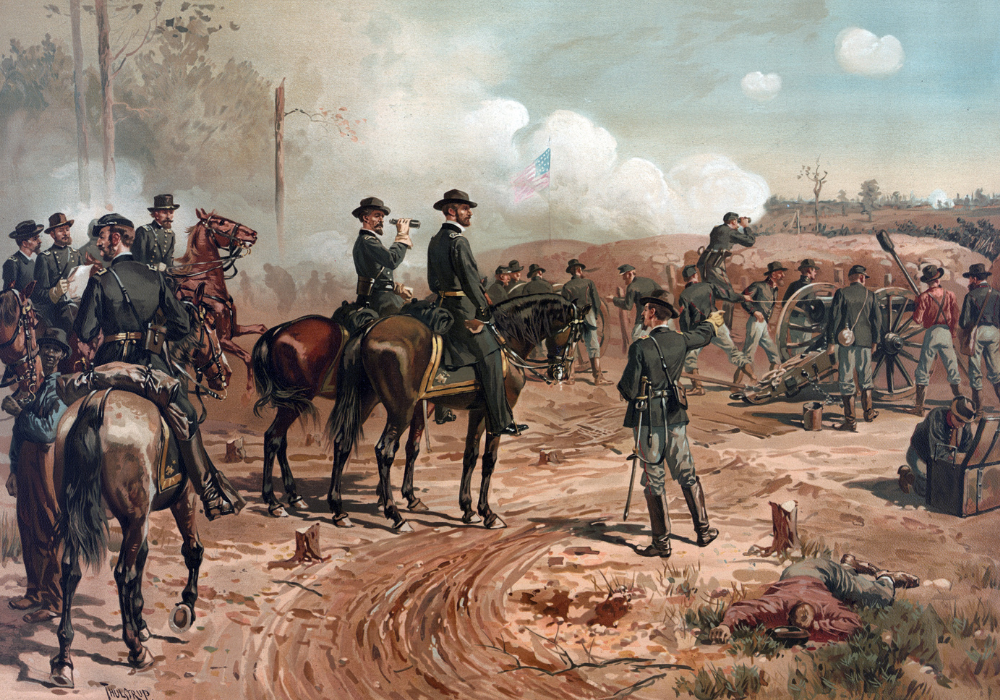
In the turbulent decades following the American Civil War, the United States teetered on the edge of renewed conflict. The nation’s wounds were deep, the Reconstruction era was fraught with racial and political tension, and rival factions in both North and South seemed ready to reignite hostilities. But historians point to one pivotal decision that helped avert a second Civil War—the Compromise of 1877. This informal political deal, struck after the disputed presidential election of 1876, ended Reconstruction and resolved the electoral crisis peacefully, changing the trajectory of American history.
1. The 1876 Election Triggered a National Crisis
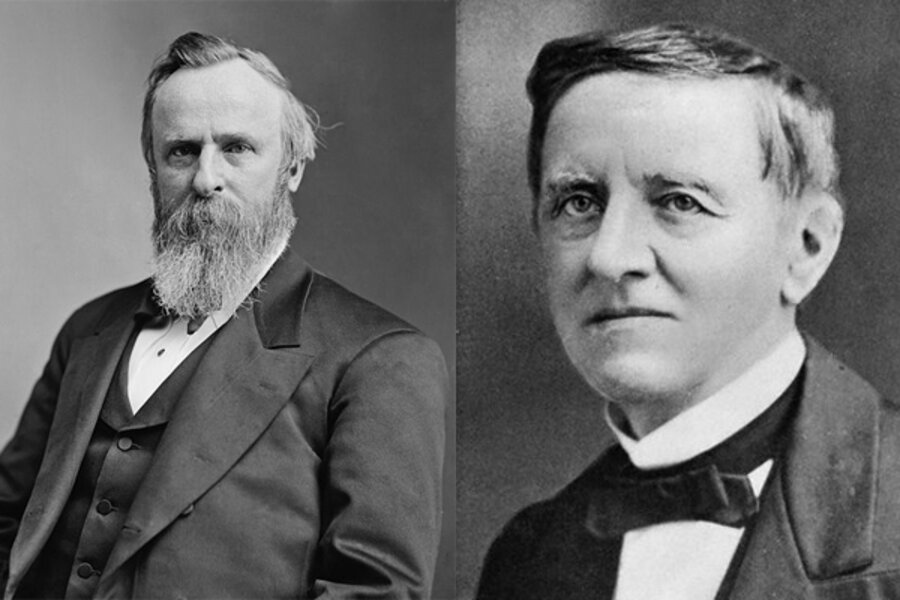
The presidential election of 1876 between Republican Rutherford B. Hayes and Democrat Samuel J. Tilden became one of the most contested in U.S. history. Tilden won the popular vote and led in the Electoral College—until disputes arose in Florida, Louisiana, and South Carolina.
Both parties claimed victory in those states, and violence erupted in several areas. With neither side willing to concede, the United States faced a constitutional crisis that some feared could spiral into another civil conflict, as mentioned by Boston University.
2. Congress Created a Special Electoral Commission
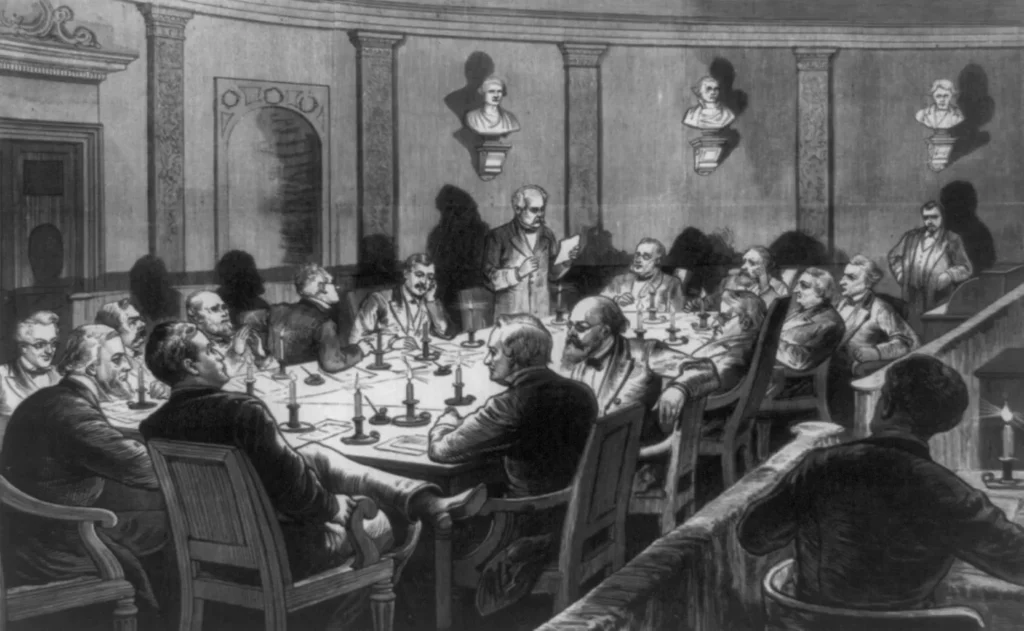
To resolve the dispute, Congress established a bipartisan Electoral Commission in January 1877. The commission consisted of 15 members—five from the House, five from the Senate, and five from the Supreme Court.
Its purpose was to decide which electoral votes to count from the contested states. The stakes were immense: whoever won these votes would become president, according to The New Yorker. Behind the scenes, however, political leaders began negotiating a compromise to prevent violence and national fracture.
3. The Compromise of 1877 Ended the Standoff
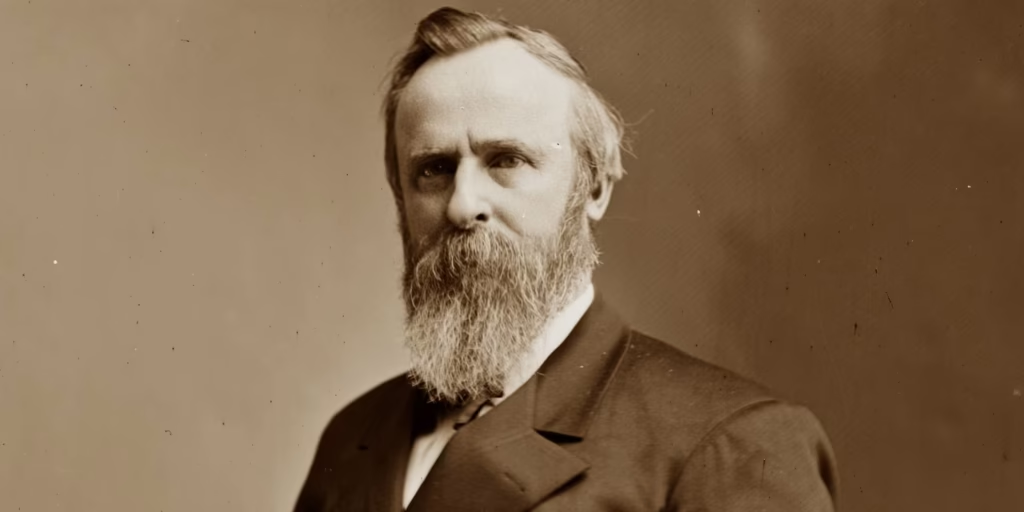
After weeks of tension, an informal agreement emerged. Democrats agreed to accept Hayes as president if Republicans withdrew federal troops from the remaining occupied Southern states. The deal also included promises of federal investment in Southern infrastructure and respect for states’ rights.
This became known as the Compromise of 1877. It effectively ended Reconstruction and restored local control in the South—averting the immediate threat of renewed war while redefining the nation’s political landscape for generations, Time Magazine reported.
4. Hayes Became President Without Widespread Violence
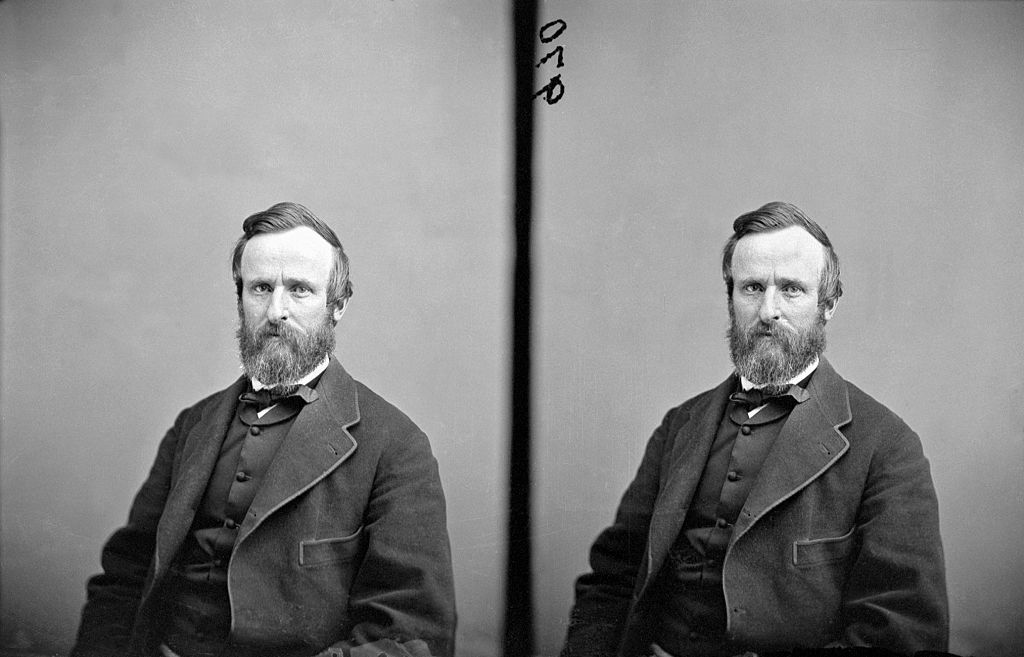
Rutherford B. Hayes was quietly inaugurated on March 5, 1877, after securing the disputed electoral votes through the compromise. Many Americans braced for riots or secession threats, but the transition of power occurred peacefully.
Despite deep resentment, especially among Southern Democrats, no major violent uprisings occurred. The nation narrowly avoided descending into chaos—a remarkable outcome given the bitterness of the election and the lingering scars of the Civil War.
5. Federal Troops Withdrew From the South
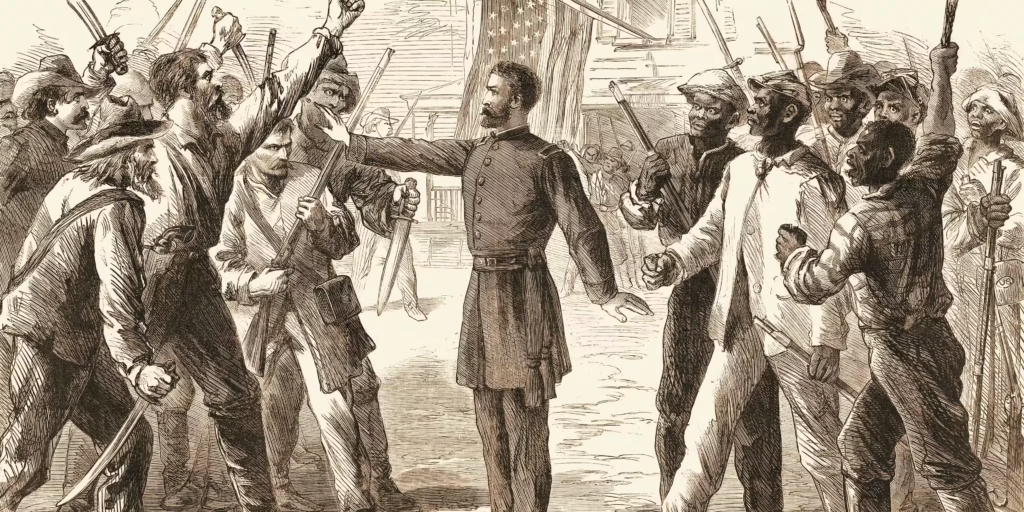
One of the first actions Hayes took was ordering the removal of federal troops from South Carolina and Louisiana, ending the military presence that had enforced Reconstruction policies. This fulfilled his side of the compromise.
Their withdrawal marked the formal end of Reconstruction. It restored Southern self-governance but left formerly enslaved people vulnerable to renewed racial violence and discrimination under emerging “Jim Crow” laws. The political peace came at a moral and human cost.
6. The Compromise Preserved the Union at a Critical Moment
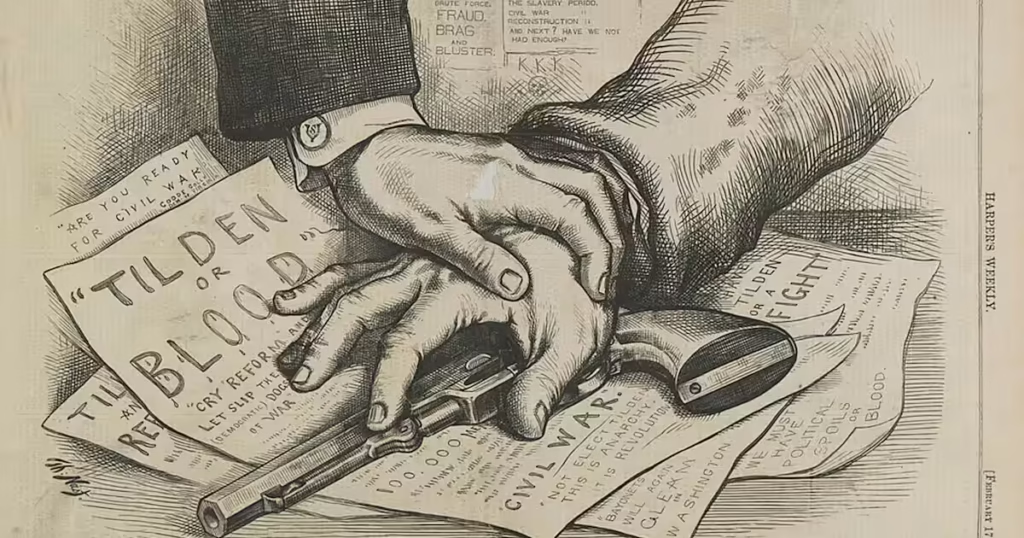
By resolving the election crisis without violence, the Compromise of 1877 preserved the fragile unity of the postwar United States. Many historians believe that without this deal, rival militias and partisans could have clashed in a new civil war.
The country’s institutions, still recovering from the first Civil War, might not have survived a second conflict. Instead, the compromise maintained national stability—allowing economic growth and westward expansion to continue through the late 19th century.
7. It Came at the Expense of Black Civil Rights
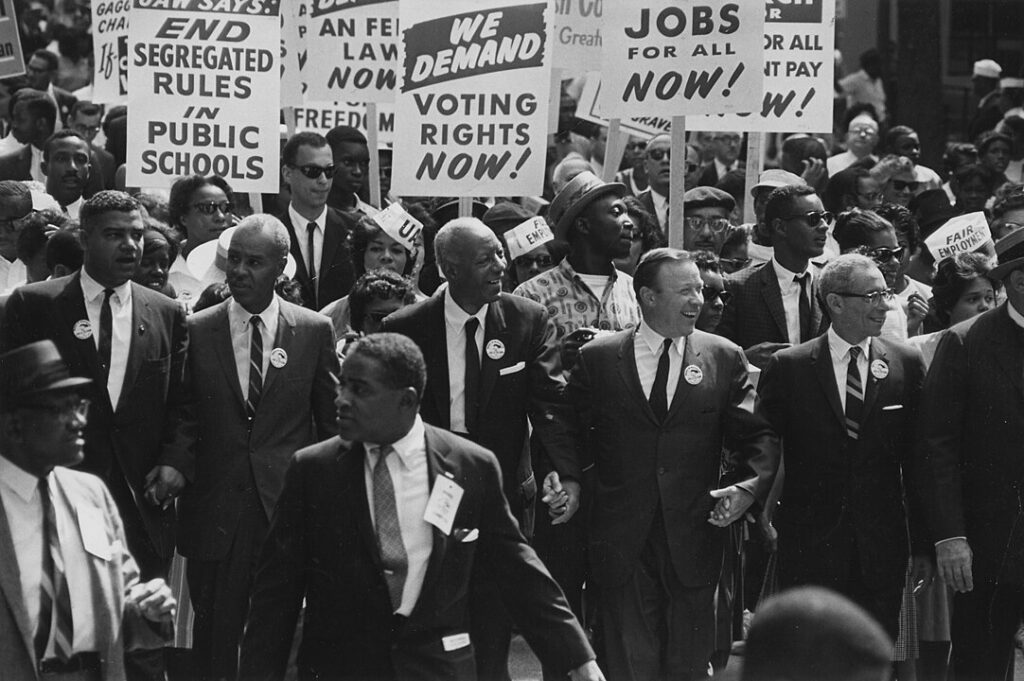
While the compromise maintained peace, it effectively abandoned Black Americans to segregation and disenfranchisement. The withdrawal of federal troops allowed Southern states to suppress Black voting rights and impose racial laws that would endure for nearly a century.
Historians see this as one of the greatest moral trade-offs in American political history. The nation preserved its unity, but at the price of betraying the promises of freedom and equality made during Reconstruction.
8. Southern Democrats Regained Political Power
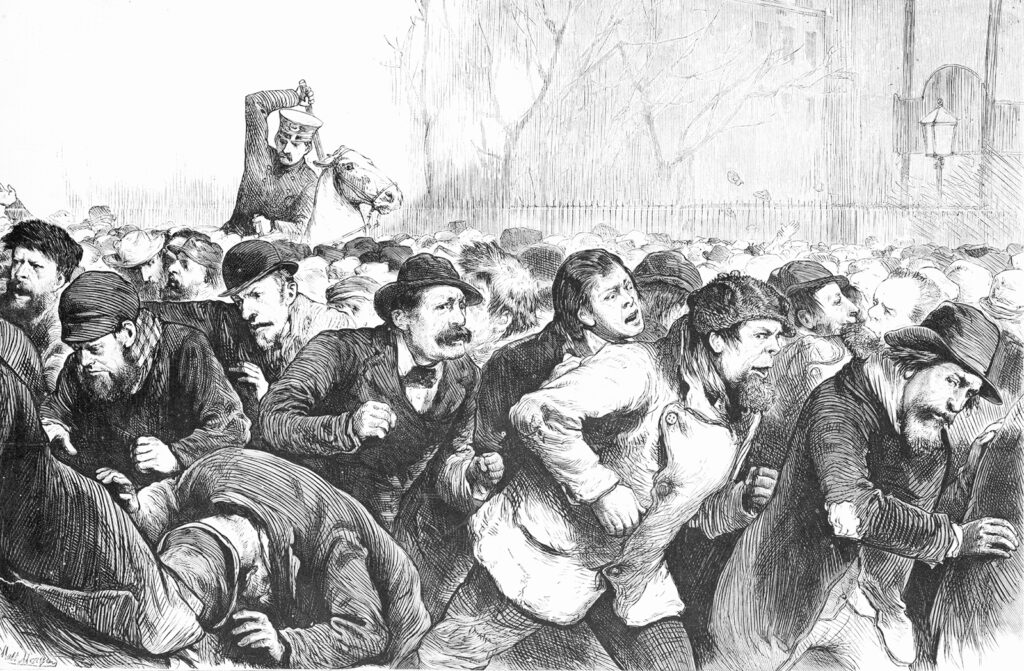
With Reconstruction ended, Southern Democrats quickly regained control of state governments. Known as the “Redeemers,” they reversed many of the reforms implemented after the war.
They enacted voter suppression laws, restored white dominance in politics, and marginalized African Americans from civic life. While this return to “home rule” stabilized Southern politics, it deepened racial inequality and institutionalized segregation.
9. Hayes Governed as a Moderate Unifier
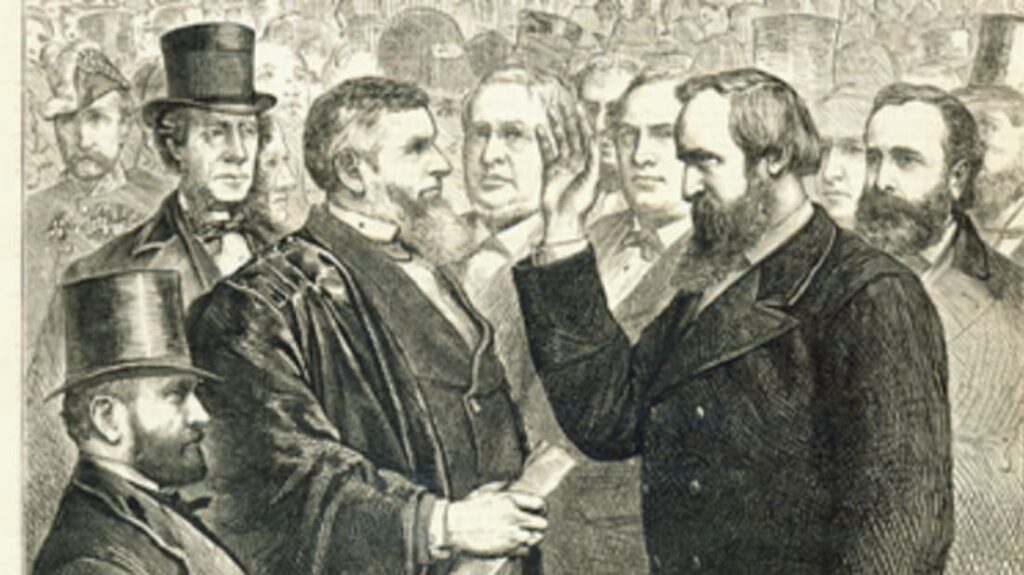
President Hayes sought to heal divisions through moderation. He appointed former Confederates to federal positions, promoted civil service reform, and supported education initiatives to modernize the South.
Though unpopular with hardline Republicans, his conciliatory approach helped cool regional hostility. Hayes’ presidency demonstrated that political compromise—while imperfect—could preserve peace and stability in an era of deep national division.
10. Historians Still Debate Whether the Compromise Was Worth It
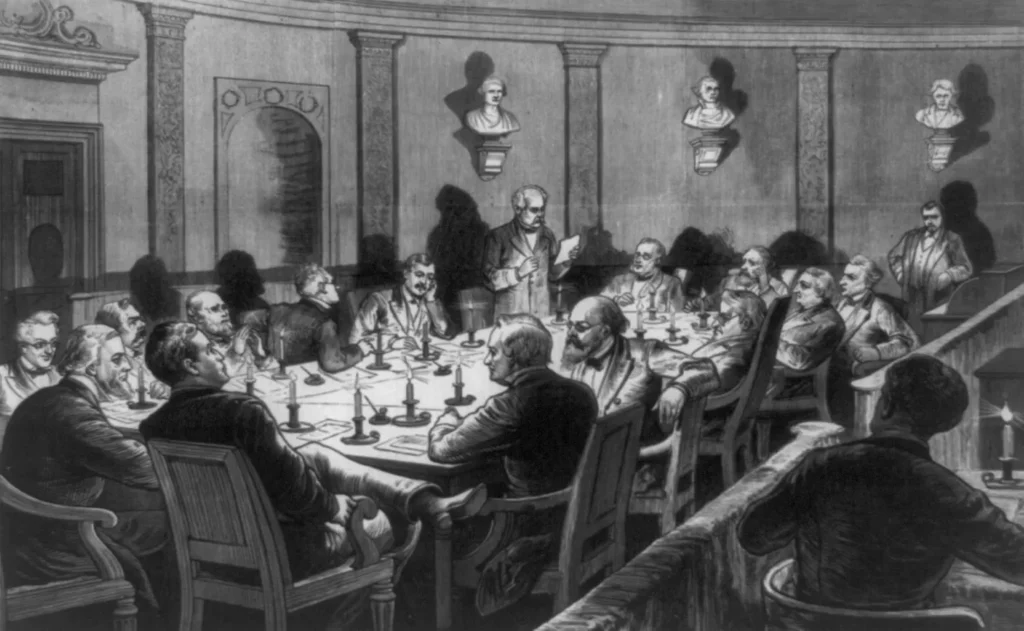
Scholars remain divided over whether the Compromise of 1877 was a necessary act of statesmanship or a moral failure. Some argue it saved the Union from a second civil war; others see it as a betrayal of Reconstruction and Black citizenship.
Both views hold truth. The compromise averted armed conflict and stabilized the government—but it also allowed racial injustice to flourish. It remains a defining example of the complex choices leaders make between peace and principle.
11. The Decision Set a Precedent for Peaceful Dispute Resolution
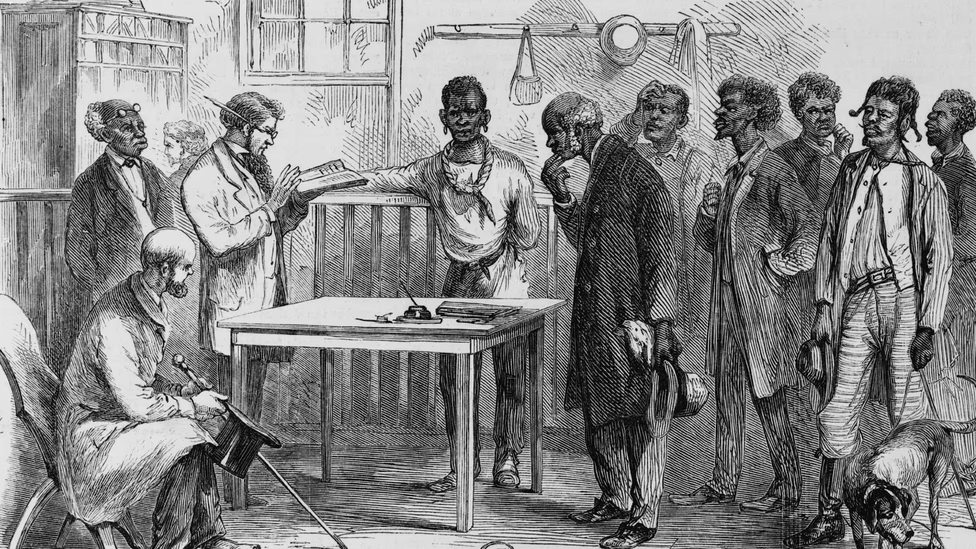
Perhaps the greatest legacy of the Compromise of 1877 is that it reinforced the idea that political crises could be settled through negotiation rather than violence. It preserved the continuity of democratic governance at a moment when it could easily have collapsed.
While the compromise carried lasting injustices, it proved that the American system—still fragile and recovering—could survive its own divisions. That single decision, born of necessity and pragmatism, may well have spared the United States from another devastating war.
